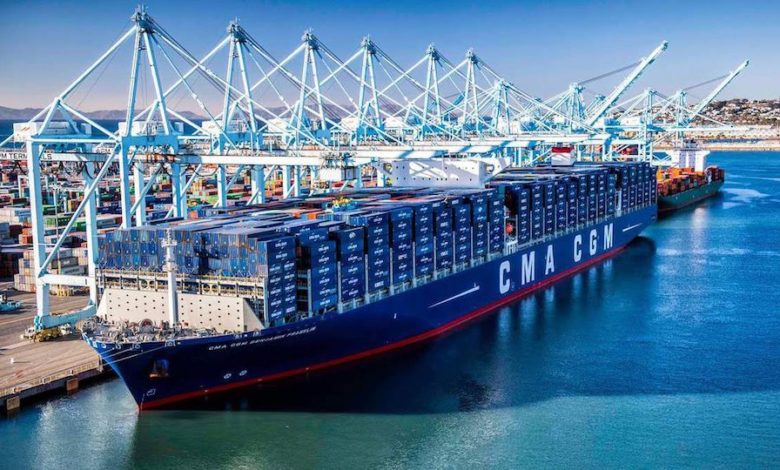Box rates on the transpacific soar amid strict capacity discipline

Barring the pandemic bonanza years, box rates on the transpacific are soaring to highs not seen since 2012 for this time of year, a testament to carriers’ tight capacity discipline amid what some are labelling as a disappointing peak season.
Drewry’s latest spot rates on the Shanghai – Los Angeles route soared by 6% yesterday to $2,087 per feu, a fourth consecutive week of gains.
Noting the strong figures, Lars Jensen, CEO of consultancy Vespucci Maritime, observed via LinkedIn, the rates to the US west coast are now 42% ahead of the same time in 2019 before the pandemic.
“If we disregard the extremes of 2020-2022 then we have to go 11 years back to 2012 to find a rate higher than this in the last week of July,” Jensen noted.
Rates to the US east coast are also on an upward swing, now at $3,049 per feu according to Drewry, which makes them 12% ahead of the same time in 2019.
Capacity discipline is supporting container rates in near term, a new report HSBC argued this week, noting the growth in blank sailings. C.H. Robinson saw carriers blanking 14% of capacity to the US west coast in July versus June, whereas Alphaliner reported 20% of capacity was withdrawn from transpacificroutes as of 21 July versus a year ago.
Judah Levine, head of research at box booking platform Freightos, said the rate increases come alongside reports of full vessels and even containers getting rolled to later sailings.
“Taken together, these developments likely reflect the beginning of a peak season increase in demand. But, while blanked sailings usually decrease during peak season, reports of increases in capacity reductions suggest that carriers are nonetheless facing an oversupplied market and need to reduce capacity in order to realise volume increases in the form of higher spot rates,” Levine said.
This challenge is only getting bigger as the delivery of new vessels will push transpacific capacity up 19% higher than last year by the end of August.
According to Linerlytica there is growing optimism for the August 1 $500 rate hike, especially on the transpacific where utilisation has been “very strong”.
“Active capacity management does appear to be at least one of the factors behind the recent increase in the transpacific spot rates, whereas a lack of sufficient capacity management is a factor behind the Asia-Europe and Atlantic spot rates not faring very well,” analysts at Sea-Intelligence noted on Sunday, adding: “Unless the major carriers are intent on a price war, and hence giving up substantial amounts of the cash reserves from 2021-2022, we would expect a substantial increase in blank sailings on all three east-west trades in the coming months.”
The carrier discipline comes at a time where many experts are questioning just how strong demand is.
Logistics giant Kuehne+Nagel, for one, believes that 2023 will not see a typical peak season.
“Unfortunately . . . there is no peak season to be expected in 2023. There are no signals either on air or sea, at least not for the time being, so we have to be very cautious on that,” said CEO Stefan Paul during a quarterly call with analysts this week.
“But we do believe that we may be near an inflection point with a potential to return to a positive year-on-year volume growth versus easier comps in the second half,” he added.
